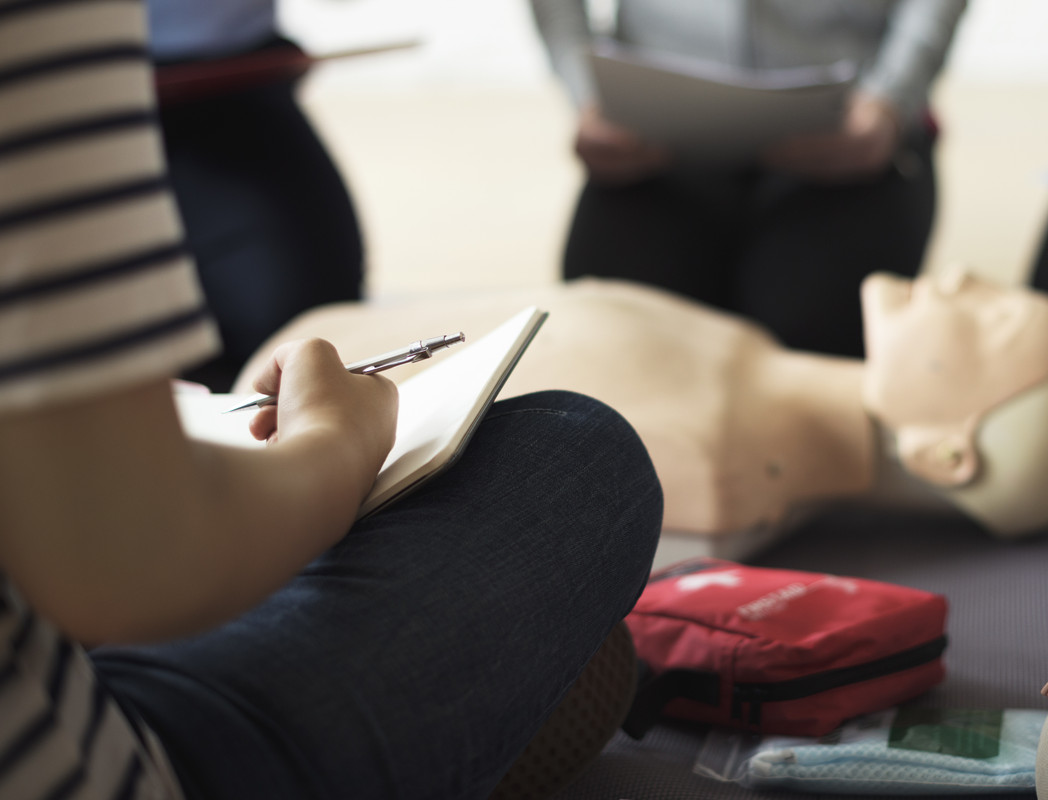Introduction
Cardiopulmonary Resuscitation, better known as CPR, is a life-saving skill that everyone should learn. It is an essential technique that has the ability to restart a heart that has stopped beating. This simple, yet powerful procedure, has long been proven to be a vital link in the chain of survival during cardiac emergencies. The importance of learning CPR goes beyond being prepared in a crisis – it is about acquiring the potential ability to save lives. Within minutes of cardiac arrest, the lack of oxygenated blood can cause brain damage. Yet a prompt and effective CPR can significantly increase the survival chances of the victim.
The Basics of CPR Course
So, what exactly is CPRCourse? The term stands for Cardiopulmonary Resuscitation. The technique was first formalized in the 1960s and has evolved considerably over the years. Today it represents an integral part of the survival approach used by first responders and medical professionals in emergencies involving cardiac arrest or respiratory failure. It combines chest compressions and rescue breaths. Chest compressions help maintain blood flow by manually simulating the heart's pumping action, while rescue breaths replenish the body's oxygen, essentially breathing life back into the patient.
Why Undertake a CPR Course?

Why should you consider taking a CPR course? The reasons are numerous and significant. Knowledge of CPR can provide immediate and critical assistance in life-threatening situations. In such emergencies, every second count, and you could make a difference by stepping in to provide CPR. Imparting this vital knowledge to communities is essential in elevating societal health and safety. It could potentially save a loved one or even a stranger's life. Beyond that, undertaking a CPR course adds to your personal development and broadens your skillset.
Theoretical Learnings in a CPR Course
A comprehensive CPR course covers both theoretical and practical aspects to provide a well-rounded understanding of the process. The theoretical component of CPR training goes beyond merely memorizing the steps of the procedure. It delves into understanding why it's necessary to perform CPR, how to recognize the signs when someone needs CPR, and the legal aspects linked to the administration of CPR. It trains individuals to quickly grasp the situation, assess the need for CPR, and be well versed with the Good Samaritan laws that protect people who perform CPR in good faith.
Practical Hands-On Experience in a CPR Course
The hands-on element of a CPR course is where theory meets practice. Trainees master the art of chest compressions and rescue breaths. They learn to use an Automated External Defibrillator (AED), a machine that can help to restore a normal heart rhythm in victims of sudden cardiac arrest. Proportionate practice on a mannequin forms the crux of this training, enabling a near-real simulation of a lifesaving scenario. Moreover, instructors provide real-time feedback during this practical training, an invaluable asset that facilitates improvisation skills.
Walking Through a CPR Course
In a CPR course, you would usually be introduced to the basics of first aid, after which you dive into the specifics of CPR. You'll learn the universal sign of distress – unresponsiveness, irregular or absent pulse, gasping, or irregular breathing. You're taught to act quickly, first by calling for emergency medical help, and then starting CPR. Simultaneously, instructors will reinforce the importance of restating calm and composed during such stressful situations. The detailed walkthrough provided throughout these courses render them user-friendly and approachable.
Choosing the Right CPR Course
Choosing the right CPR course is essential. The decision should depend on various factors: the course contents, certifications provided, teaching methods, duration, and cost. Research the curriculum of different CPR courses to ensure they cover both theoretical and practical aspects. Also, consider the qualifications and experience of the trainer. Furthermore, make sure that the course you choose provides certification upon completion if you require it.
FAQs about CPR Course

Is it difficult to learn CPR? Not at all. Basic CPR techniques are straightforward to learn and can be vital in saving a life.
How long does a CPR course take? The duration of a CPR course varies. A course that teaches only CPR could take as little as three hours.
Is it a mandatory requirement for medical professionals to have CPR certification? Yes, most healthcare professions require CPR certification.
Can children undergo CPR Trainings? Yes, children as young as nine can learn and perform CPR effectively.
Will I be legally responsible if I perform CPR to save someone's life? The Australian government has Good Samaritan laws that generally protect those who administer first aid or CPR in good faith from legal action.
Conclusion
In conclusion, knowing how to perform CPR can be a life-saver – quite literally. It empowers not only the individual but at a larger level, the community, raising a network of potential lifesavers. Every CPR course taken, every CPR performed, step us towards a safer society where help could potentially be around any corner.











No comments:
Post a Comment